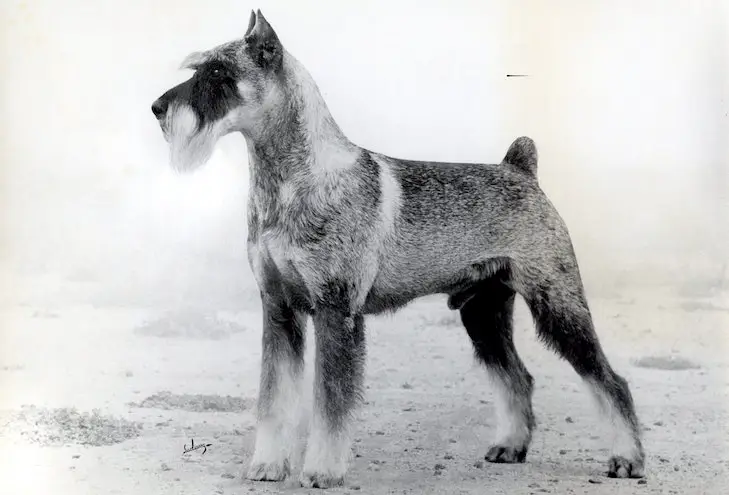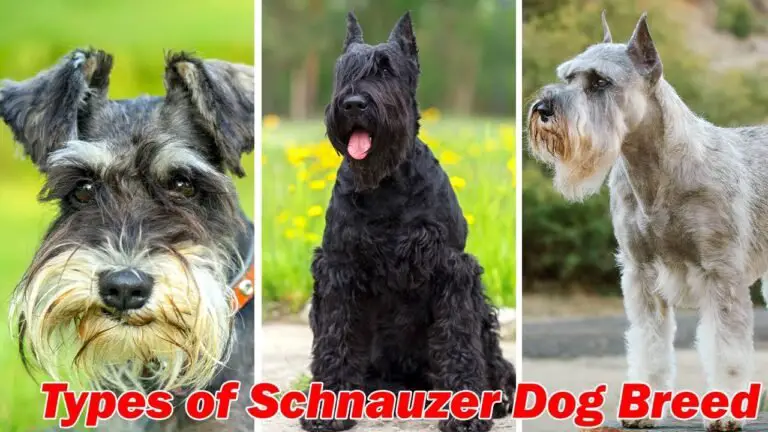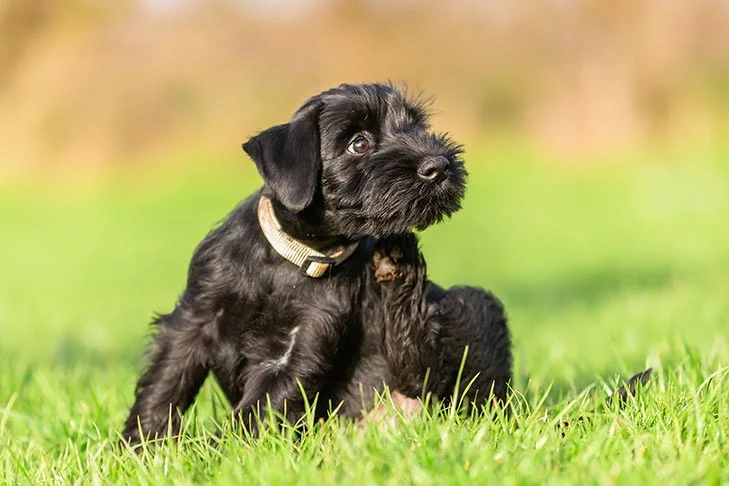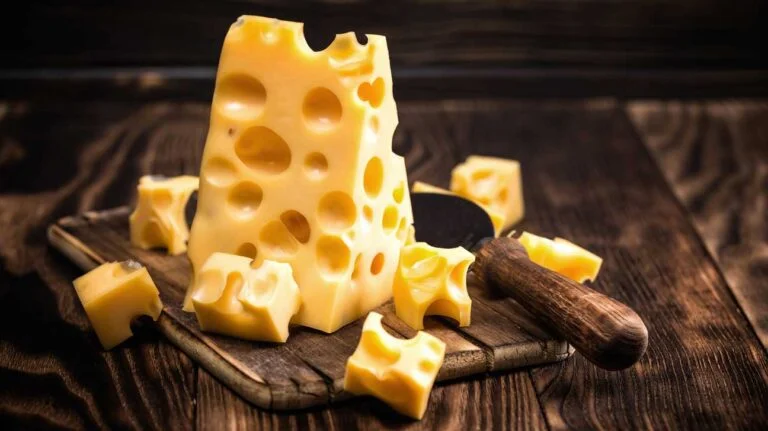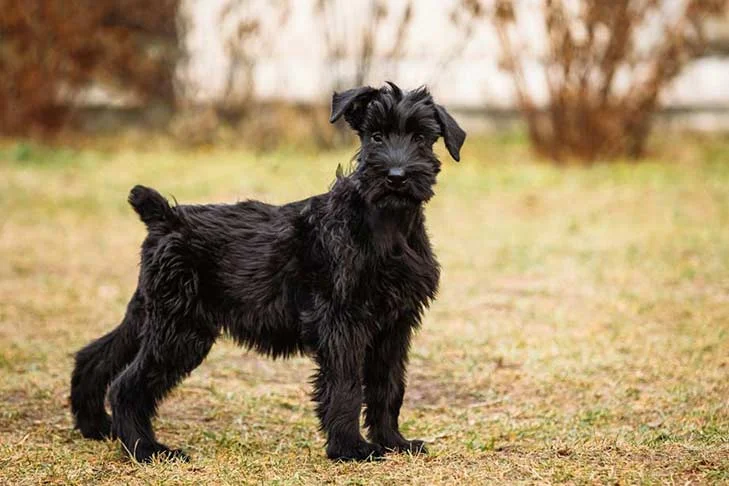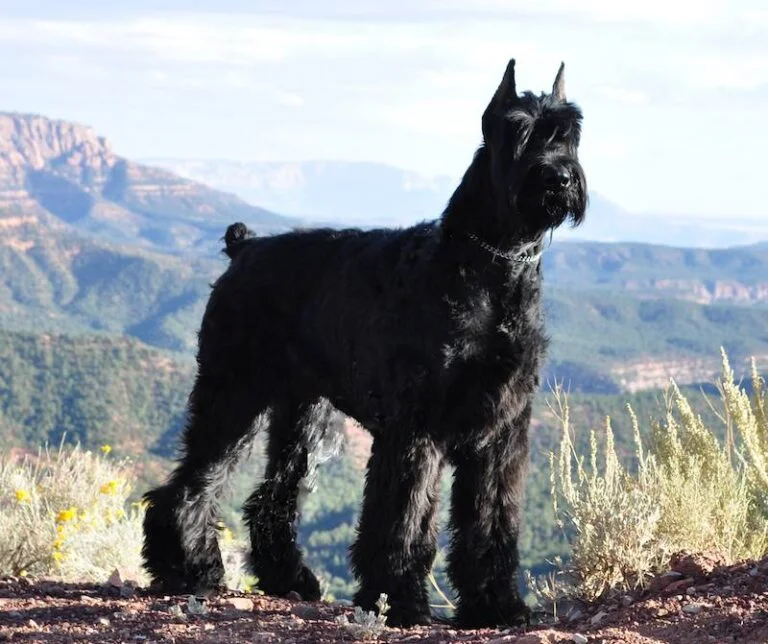The Detailed Story Behind the Origin of the Schnauzer Breed
Within the vast world of dog breeds, few are as recognizable or as distinctly endearing as the Schnauzer. With their expressive eyes, bushy eyebrows, and characteristic ‘schnauze’ (German for ‘snout’), these sturdy, spirited dogs have captivated hearts worldwide. But where did they come from, and how did they evolve to be the breed we know today? What is the origin of the Schnauzer breed? This comprehensive narrative seeks to answer these questions, bringing you a detailed historical tour of this remarkable breed.
The Early Chapters: Origin of the Schnauzer Breed
To understand the Schnauzer breed’s unique lineage, we must journey back to medieval Germany’s bustling landscapes, where the breed’s narrative commences.
The Medieval Roots
The earliest known references to a Schnauzer-like dog appear in artworks dating back to the 14th century. Often depicted alongside horses, these wiry-coated dogs were aptly known as ‘Wire-haired Pinschers.’
The ‘Ratters’: These versatile dogs were valued for their ratting skills, keeping farms and homes free of vermin. They were also excellent guard dogs, protecting property and goods from intruders.
The Travelling Companions: As merchants ventured on their trade routes, these dogs were often in tow, serving as reliable protectors against thieves.
Derivation of the Name ‘Schnauzer’
While the term ‘pinscher’ refers to the breed’s terrier characteristics, the name ‘Schnauzer’ has a more direct and somewhat humorous origin. The moniker ‘Schnauzer’ comes from the German word ‘schnauze,’ meaning ‘snout’ or ‘muzzle,’ clearly a nod to the breed’s distinctive facial features, particularly the pronounced whiskers and eyebrows.
Recognition and Evolution of the Schnauzer Breed
The Schnauzer remained a somewhat localized breed for centuries, quietly serving their utilitarian roles. However, the 19th century marked a significant turning point in the breed’s evolution.
The First Exhibitions
In 1879, a Schnauzer was exhibited at a dog show in Hanover, Germany, for the first time. This exposure significantly bolstered the breed’s recognition and popularity, leading to its formal acknowledgment by kennel clubs.
Standardization of the Breed
As the 19th century progressed, efforts were made to standardize the breed. This period saw the development of breed-specific characteristics, and the classification of the breed into three categories: the Miniature, Standard, and Giant Schnauzer.
The Modern Schnauzer: Understanding the Variations
In present times, the Schnauzer breed is represented by three distinct variations, each with its unique characteristics.
Miniature Schnauzer
Compact and robust, the Miniature Schnauzer is the smallest of the trio. Despite their size, they are known for their lively and spirited personality, making them excellent companions.
Standard Schnauzer
The medium-sized Standard Schnauzer is a versatile dog, excelling in various roles. Their high intelligence and adaptability have made them favorites in search and rescue operations, therapy work, and competitive dog sports.
Giant Schnauzer
The Giant Schnauzer, as the name suggests, is the largest of the three. Originally used for herding and guarding livestock, these dogs are known for their strength, stamina, and protective nature.
The following table encapsulates the primary characteristics of each Schnauzer variation:
| Breed Variation | Size | Roles |
|---|---|---|
| Miniature Schnauzer | Small | Companion, Vermin control |
| Standard Schnauzer | Medium | Working dog, Guard dog, Companion |
| Giant Schnauzer | Large | Herding, Guard dog |
Frequently Asked Questions
What is the origin of the Schnauzer breed?
The Schnauzer breed originated in 14th century Germany, where they were first known as ‘Wire-haired Pinschers.’
What were the early roles of Schnauzers?
Schnauzers were originally used for controlling vermin, guarding properties, and serving as companions to travelling merchants.
What are the different variations of the Schnauzer breed?
There are three variations of the Schnauzer breed: the Miniature, Standard, and Giant Schnauzer.
Conclusion
The journey of the Schnauzer breed from medieval rat-catchers to beloved modern-day companions is as enthralling as it is enlightening. As we unravel the origin of the Schnauzer breed, we gain a greater appreciation for their distinct characteristics and steadfast loyalty, strengthening our bond with these exceptional canines.

